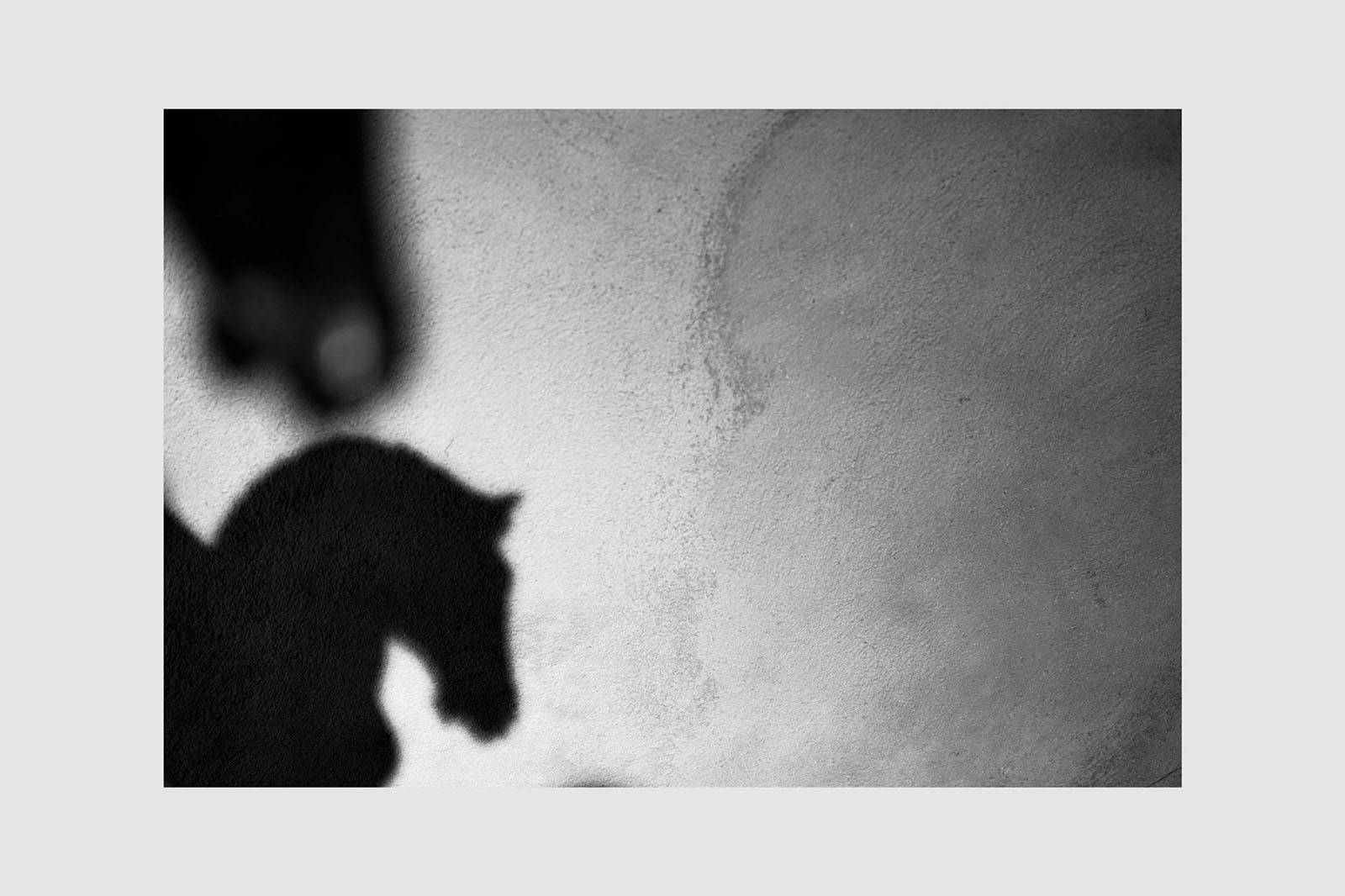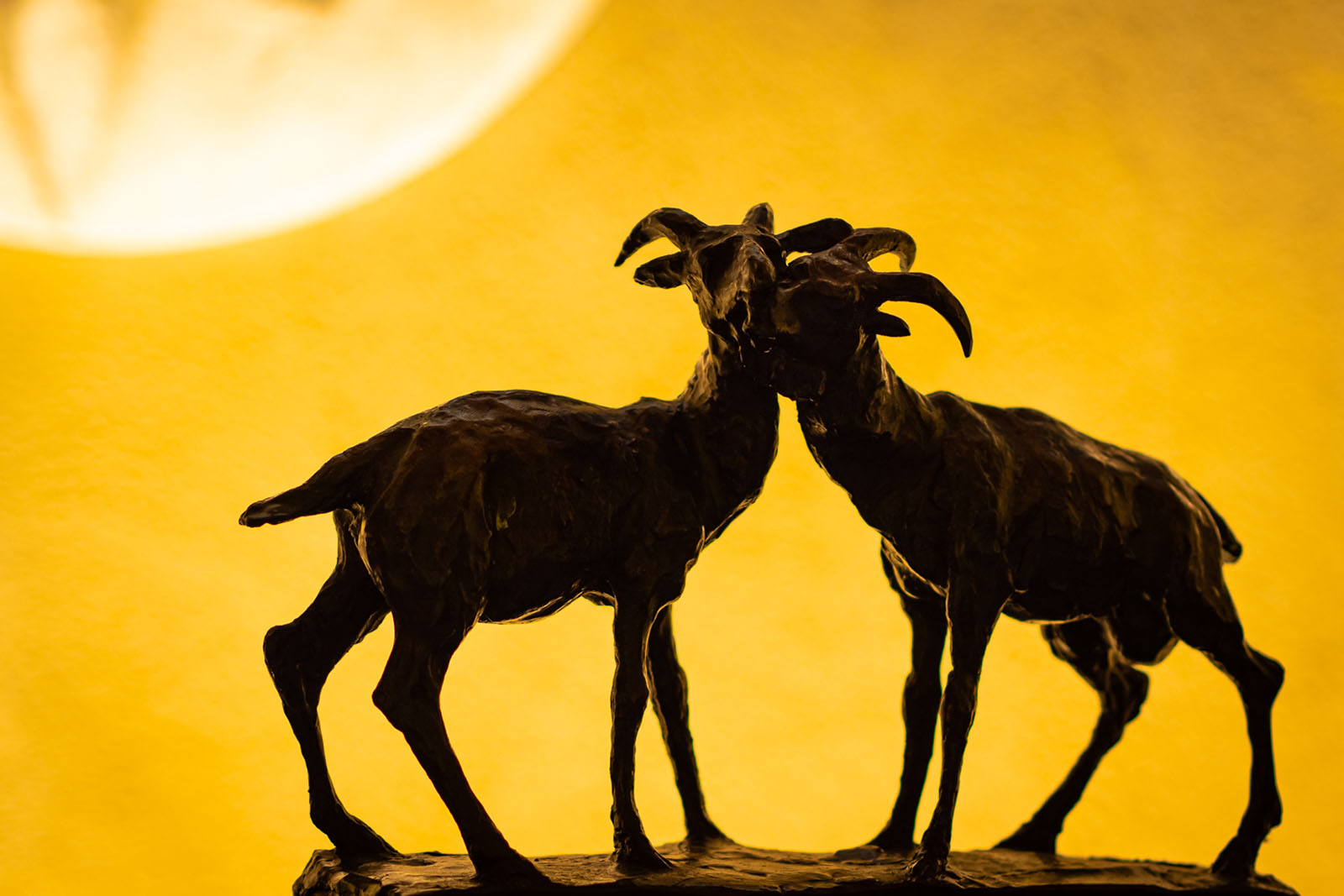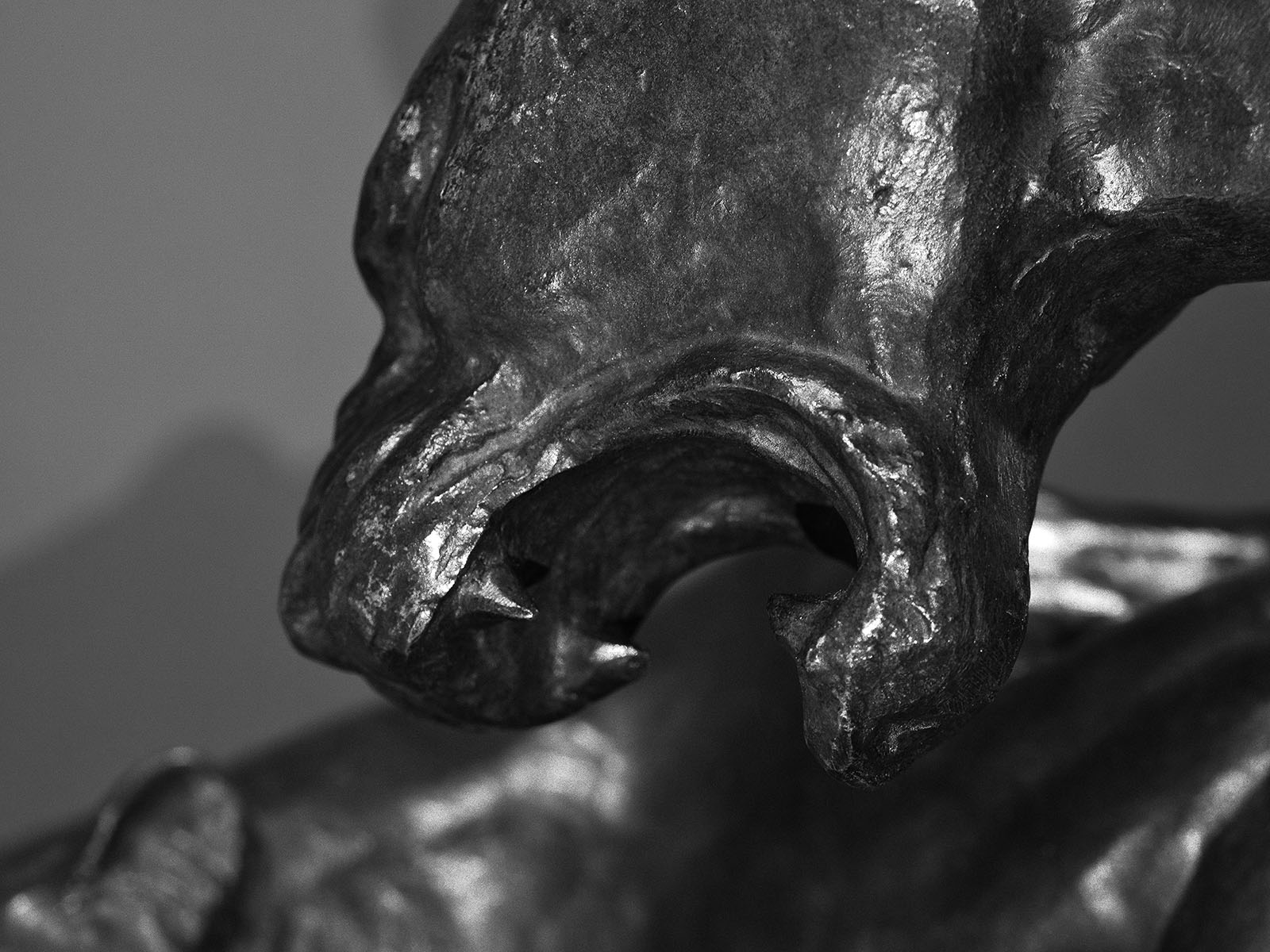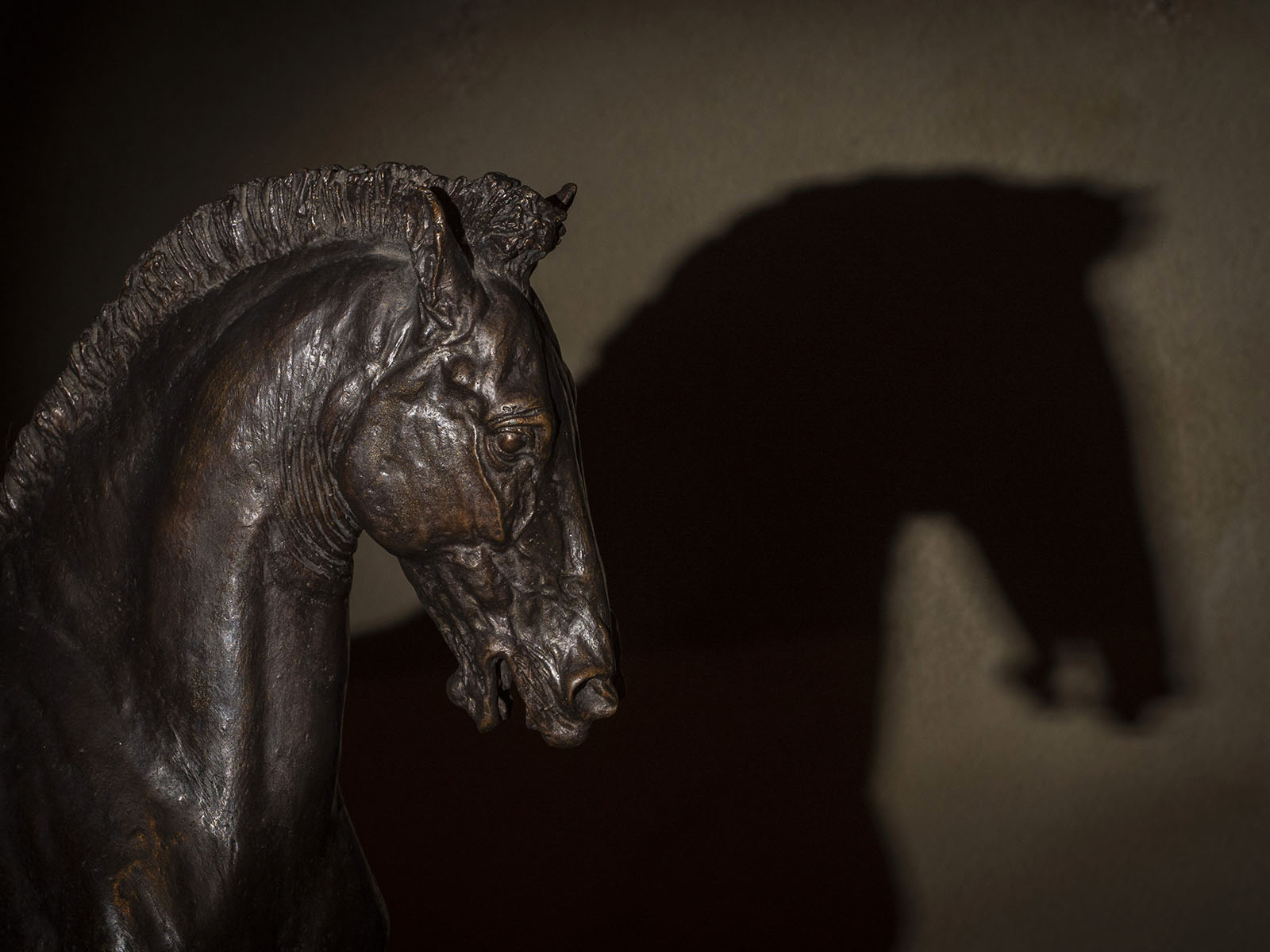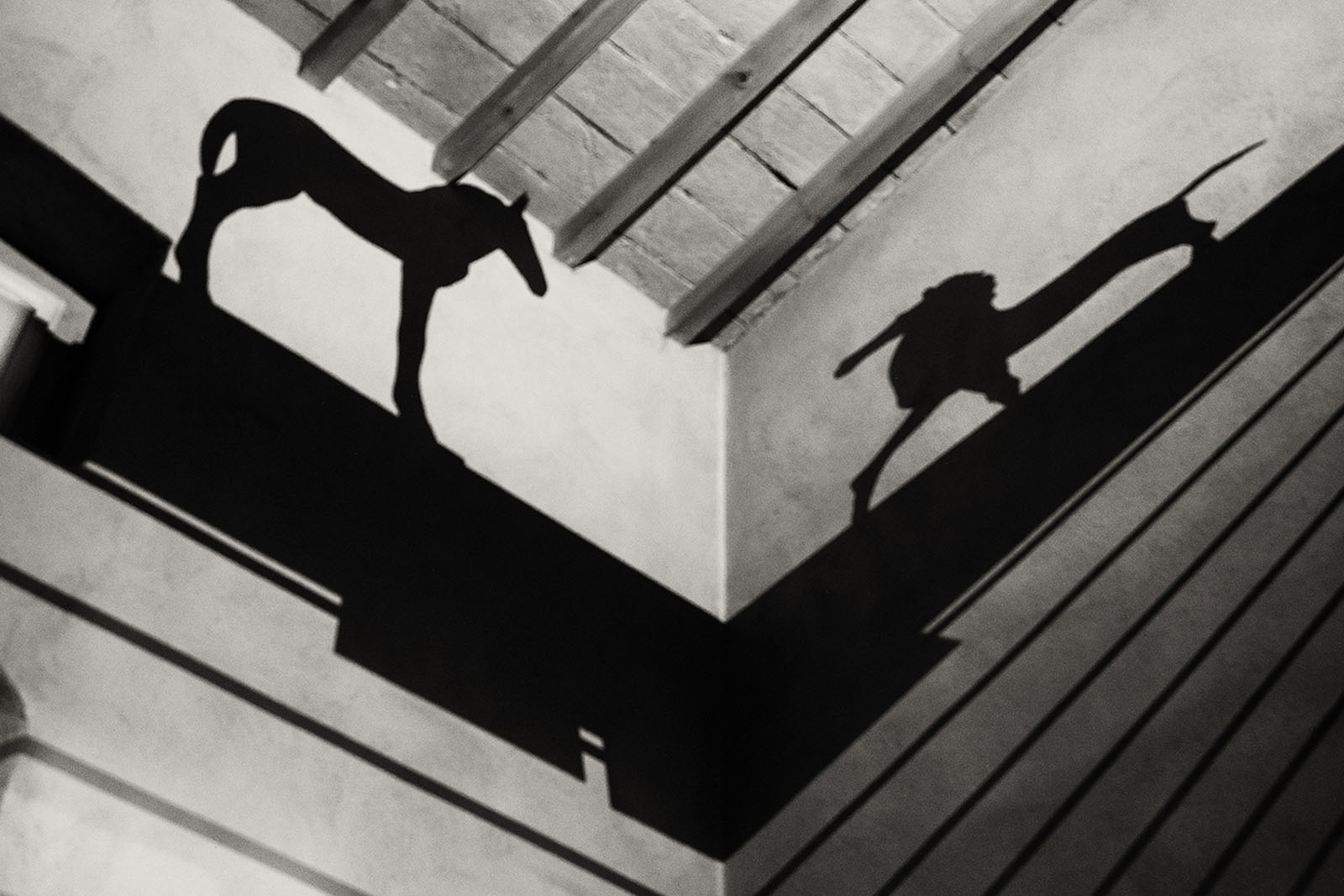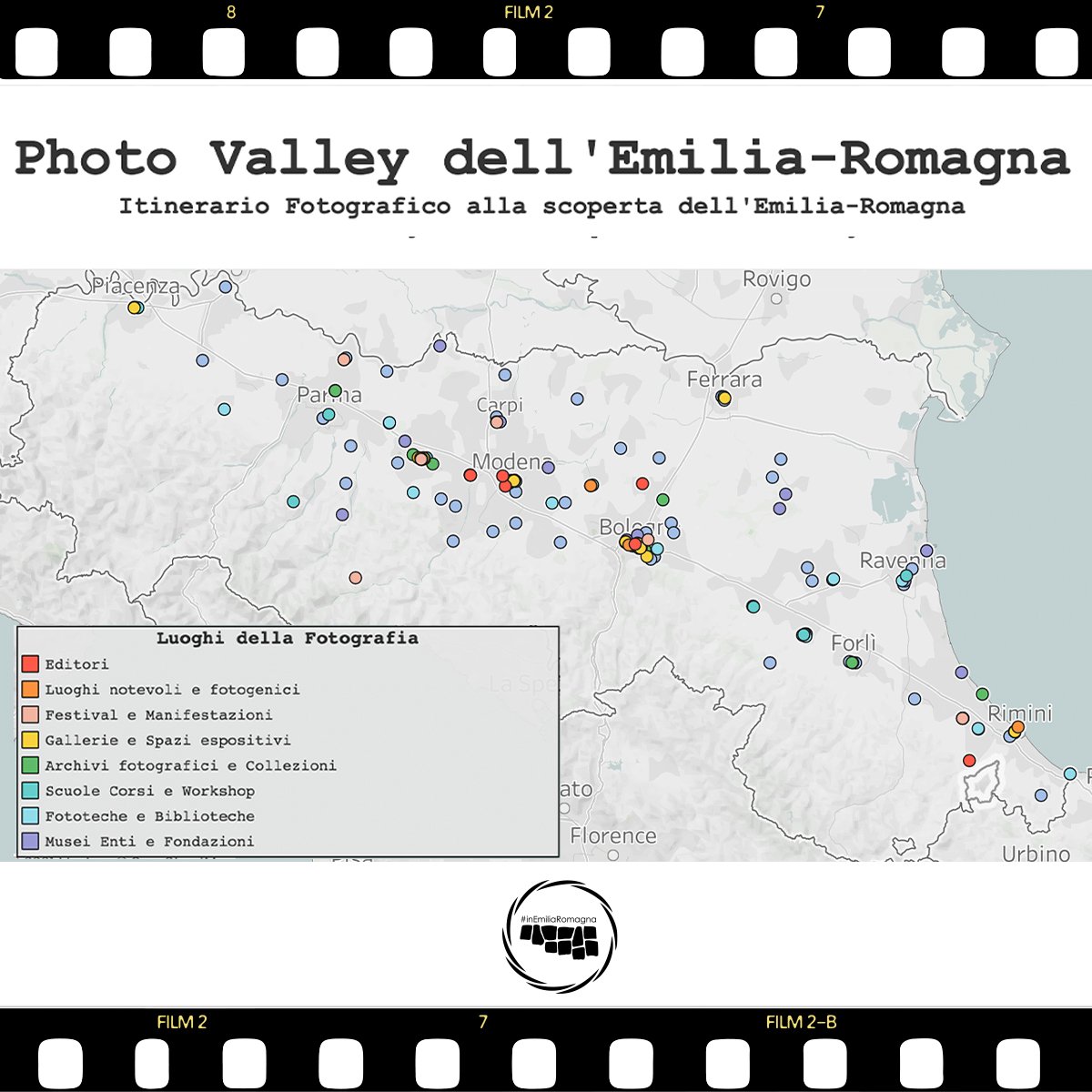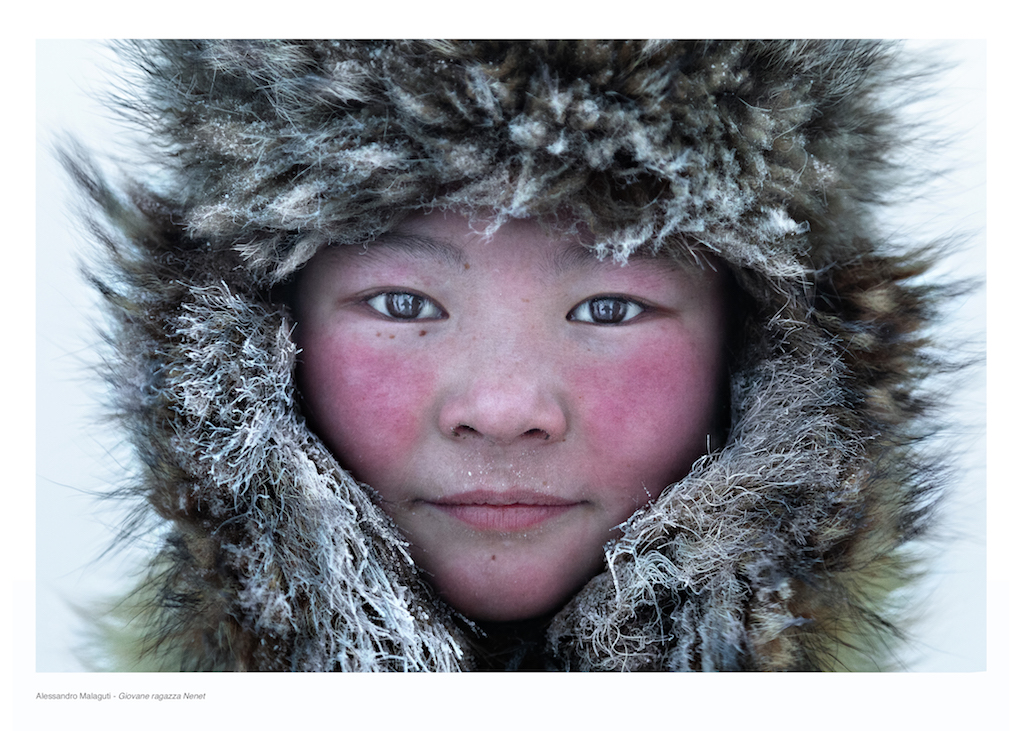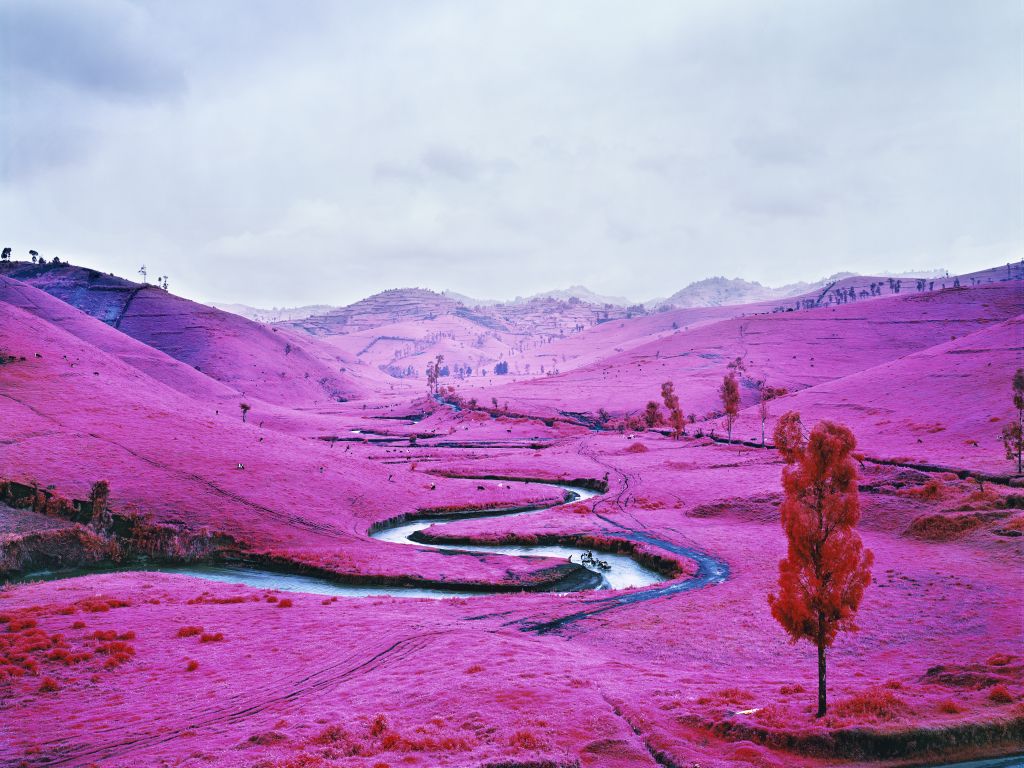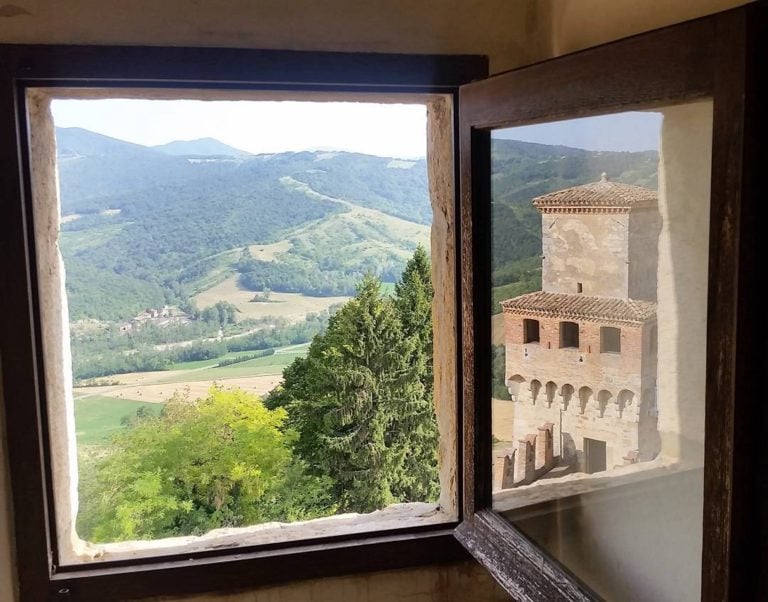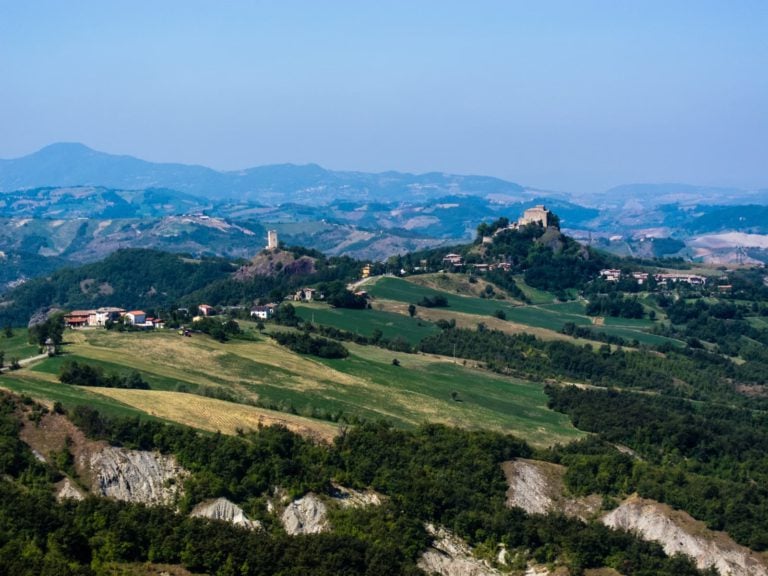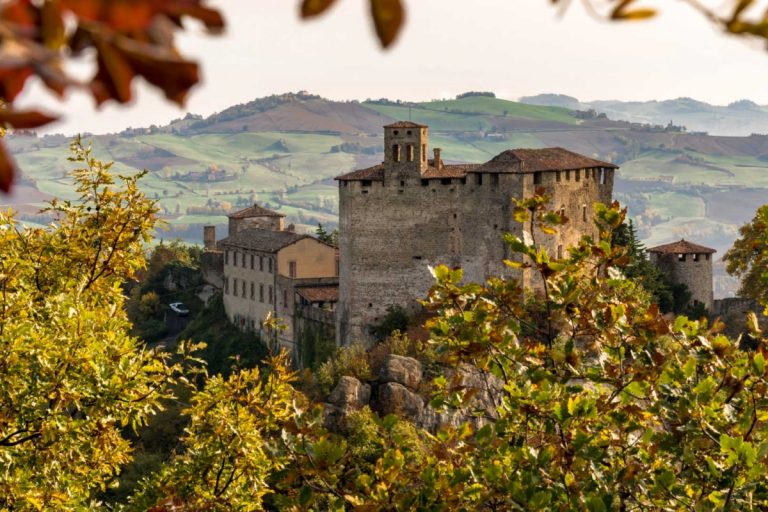Photographing sculpture
It’s certainly no easy matter photographing sculpture: you are faced with a three-dimensional artwork, an abstract or representing the sculptor’s vision. Reproducing the sculpture in a flat way, suitable for a schoolbook, can be a risk, as well as not grasping the author’s message.
Photographing a sculpture by interpreting it, on the contrary, means creating an artistic work starting from an already existing work, interpreting an interpretation, representing in a different way what is already represented.
It happened in Traversetolo, where the members of the Circolo Fotografico “Renato Brozzi” have challenged the mentioned risks and created the images on show in Racconti “bestiali” by photographing the works by Renato Brozzi, representing nature and animals in detail, according to the Liberty style of the time.
Original sculptures, exhibited only once in 1930, are now re-proposed at the “Renato Brozzi” Museum in Traversetolo, near Parma. The photographers decided to pay homage to the artist, interpreting, each with his own style, his sculptures to give them new life in a different world with a different and (at the time) new medium: photography.
Racconti “bestiali”, Circolo Fotografico Renato Brozzi-APS
Racconti “bestiali”, Andrea Morini, Circolo Fotografico Renato Brozzi-APS
Racconti “bestiali”, Enrico Dalcò, Circolo Fotografico Renato Brozzi-APS
Racconti “bestiali”, Giancarlo Fontana, Circolo Fotografico Renato Brozzi-APS
Racconti “bestiali”, Francesco Chiastra, Circolo Fotografico Renato Brozzi-APS
Racconti “bestiali”, Giuseppe Chiastra, Circolo Fotografico Renato Brozzi-APS
Racconti “bestiali”, Bruno Frazzi, Circolo Fotografico Renato Brozzi-APS
Racconti “bestiali”, Natale De Risi, Circolo Fotografico Renato Brozzi-APS
Photographers and the relationship with the subject
We might argue in vain about the value of an operation like this, but we would be wrong: as an art, photography has the same value as the other arts. And the photographer, as an artist, may deliberately choose his subjects, whether it’s nature or its representation.
These photographs are artworks themselves, as they are not merely reproductions but interpretations. Therefore they suggest a vision, a feeling and the viewer is induced to see the original sculptures as well, just as anyone looking at a painting by impressionists is curious about the place that inspired him, be it a room, a hill in Provence or a Paris streetcorner.
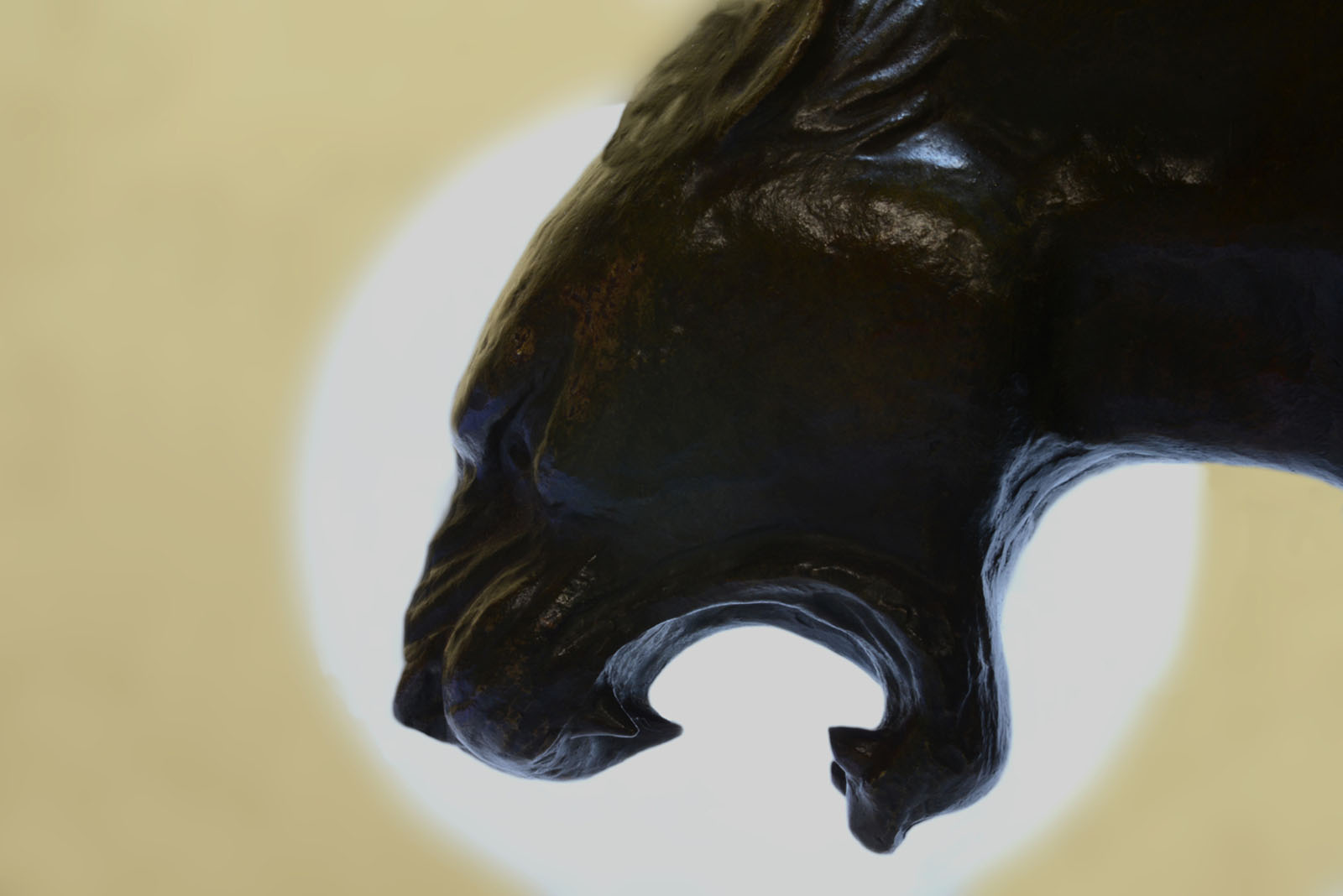
Photography and sculpture, realism and abstractionism
This artistic operation then leads to think of the relationship among photography, painting and sculpture. At the beginning of the last century Paul Delaroche affirmed “From today, painting is dead”, as it seemed that shooting through the camera made it unnecessary to reproduce reality through painting. Nothing more wrong: let’s think of the hyperrealists and their paintings.
At the beginning of the 20th century, currents such as abstractionism were born and sculptors, like painters, dedicate themselves to create works that do not need to reproduce reality. Renato Brozzi, on the other hand, in the early 1900s creates non-abstract works, characterized by remarkable strength. Born as an engraver, he also dedicates himself to sculpture.
The works of the photographers of the Circolo Fotografico “Renato Brozzi” manage to transmit this very strength, the sculptor had already conveyed in his sculptures, thanks to strong images, making the most out of the characteristics of the photography specific nature: lights and shadows, colors, movement effects, shooting point, perspective, photomontage …
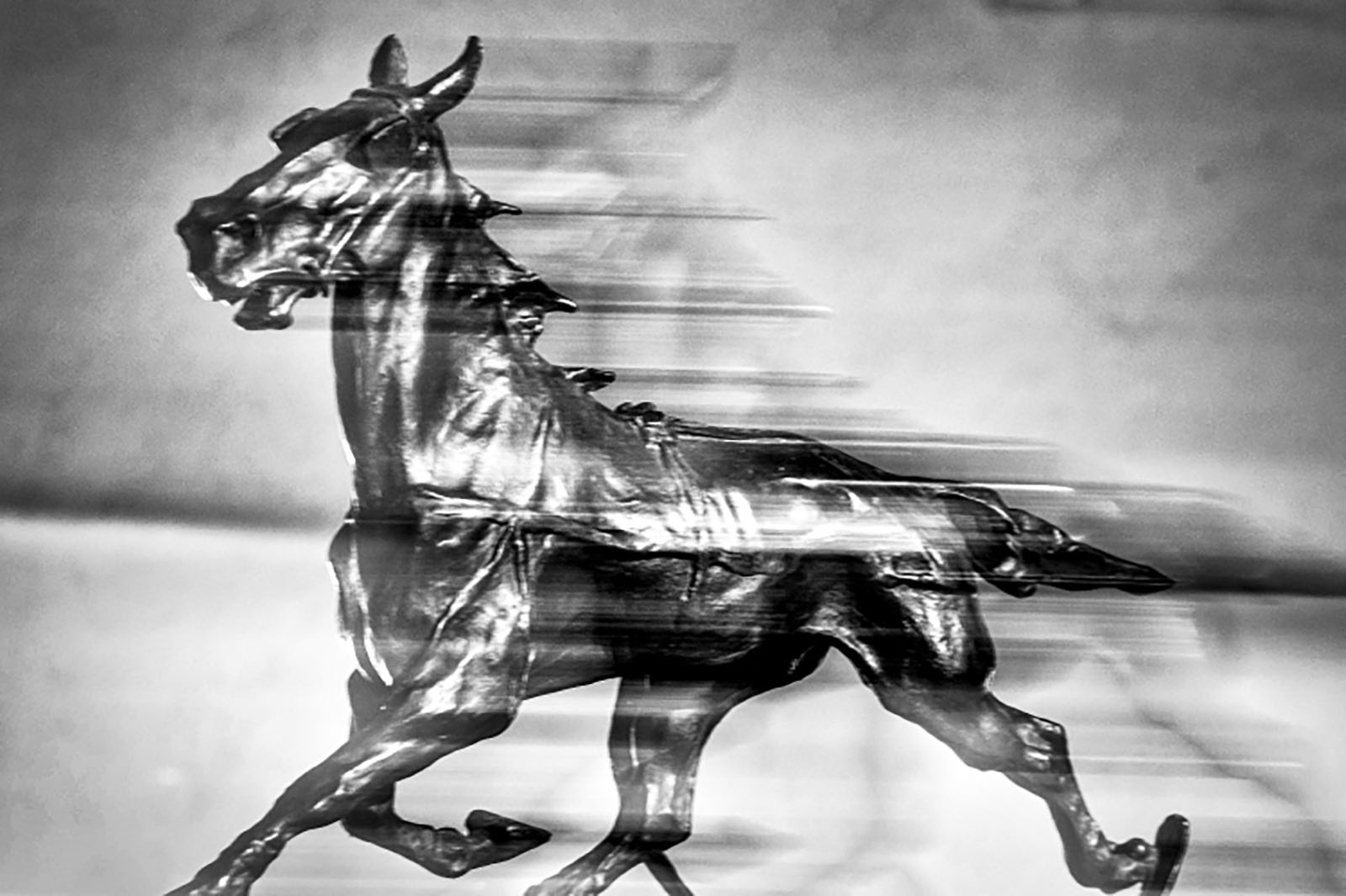
The result is quite an interesting work that solicits some reflections. As photographers, we wonder how one would interpret a sculpture: it’s a great challenge to be attempted at least once in a (photographic) lifetime. As art enthusiasts, we enrich our visual experience by comparing two very different creative media, the purely three-dimensional sculpture and the two-dimensional photography. The first one is devoided of color while the second one can use it at will. By the way, some photographers opted for black and white, a photographic technique where the form is everything, while others used very saturated colors, creating a contrast.
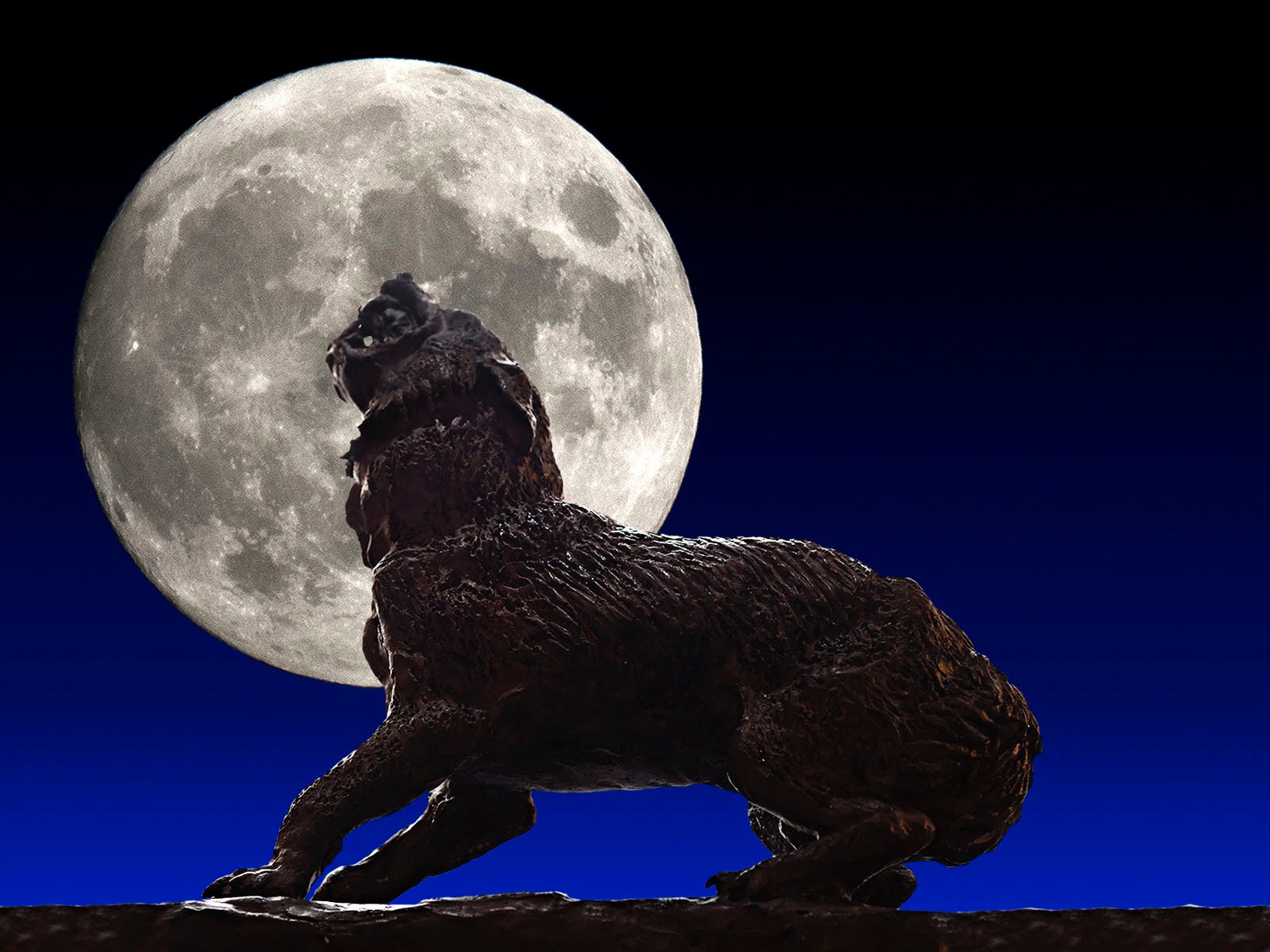
Originals on show
However, at this point, it worths observing the sculptures too. They are on stage at the Renato Brozzi Museum in Traversetolo. The exhibition Renato Brozzi e la scultura animalista italiana tra Otto e Novecento, promoted by the museum and the Municipality of Traversetolo) presents an overview dedicated to the art animalier sculpture in Italy. More than 100 artworks by 50 artists. Among them: , Rembrandt Bugatti, Guido Cacciapuoti, Antonio Ligabue, Guido Righetti, Sirio, Felice Tosalli. Besides them, of course, Renato Brozzi “the greatest Italian Animaliere after Pisanello”, according to the solemn definition by Gabriele D’Annunzio
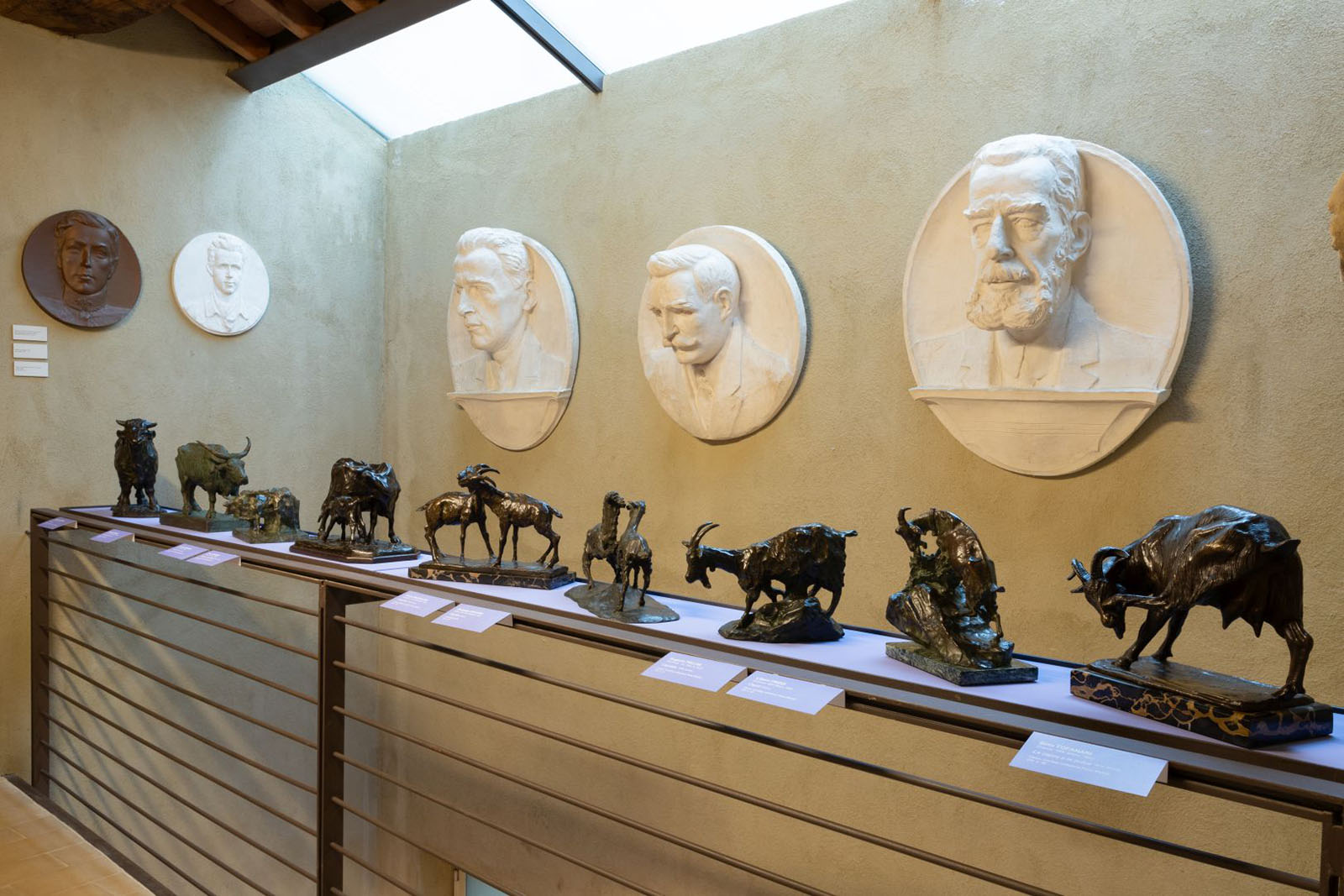
Where and when
Racconti “bestiali”,
until October 10th
Centro Civico “La Corte”, via F.lli Cantini 8, 43029 Traversetolo, PR
INFO: www.cfbrozzi.it
Renato Brozzi e la scultura animalista italiana tra Otto e Novecento,
until September 30, finissage wuth opening night
Museo Renato Brozzi, via F.lli Cantini 8, 43029 Traversetolo, PR
INFO: www.museorenatobrozzi.it
Author
You may also like
Photo Valley: the places of photography in Emilia-Romagna
by Paola Sammartano /// July 27, 2021
ColornoPhotoLife. Exhibitions and trends in photography
by Guido Bartoli /// October 7, 2022

Interested in our newsletter?
Every first of the month, an email (in Italian) with selected contents and upcoming events.
5 Castles not to be missed in the Lands of Matilde di Canossa
by Elisa Mazzini /// February 13, 2020
